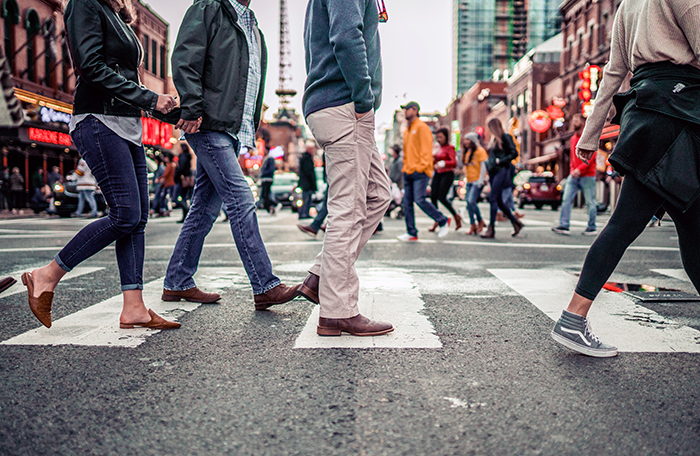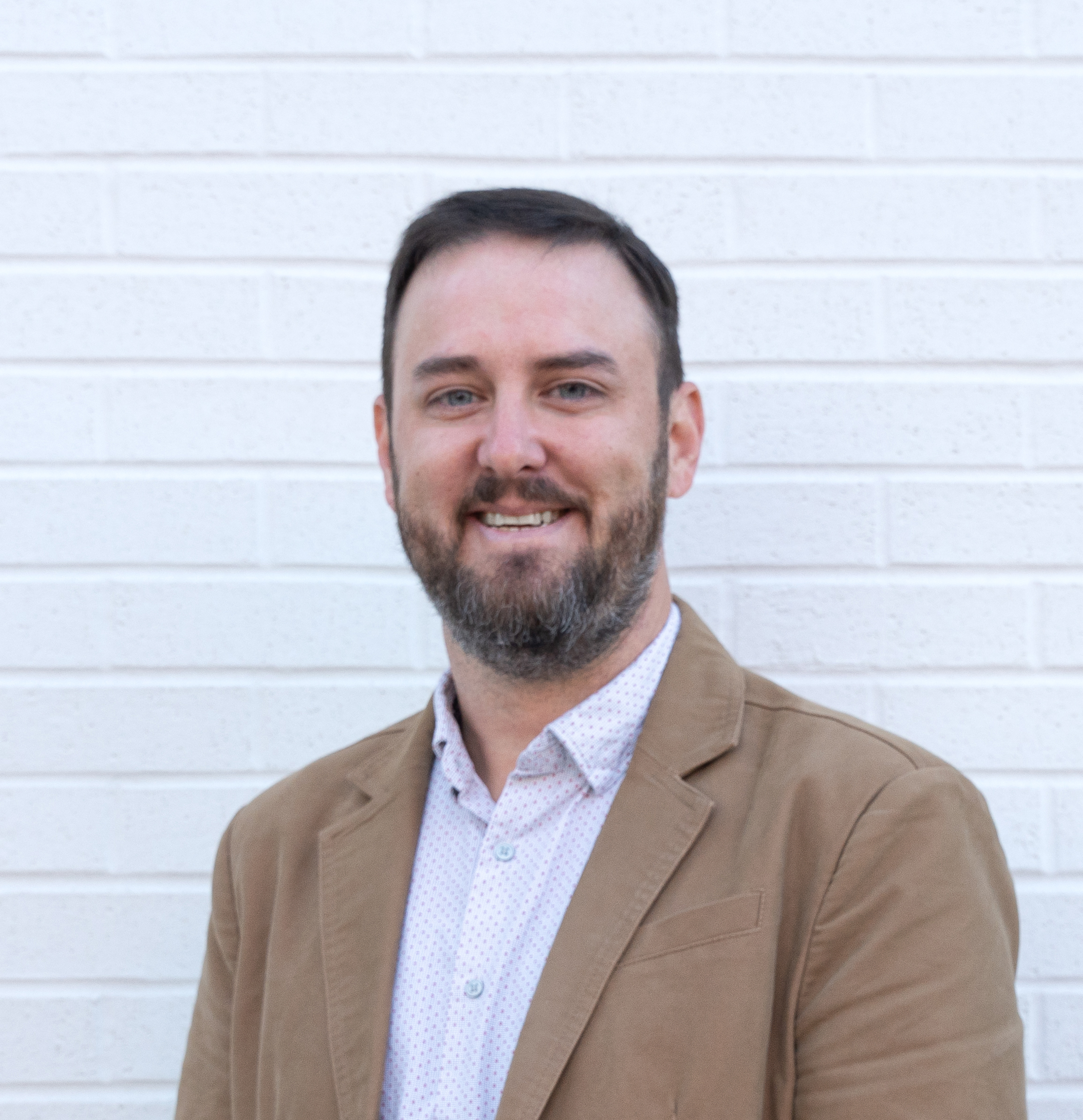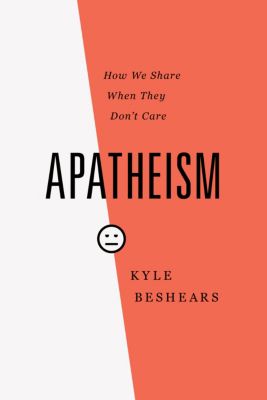
Not all research data agrees, but some recent studies indicate that the growth of religiously unaffiliated Americans has slowed or stopped.
By Aaron Earls
For several decades now, the story of U.S. religion has been the rise of the nones—the increase in the percentage of Americans who say they don’t identify with any religion.
Since the 1970s, the religiously unaffiliated have risen from a single-digit percentage of the U.S. population to encompass more than 1 in 5 adults. That growth has been steady and substantial. Meanwhile, Christianity has fallen from upward of 90% to less than 2 in 3. But is that wave starting to crest? Like most everything else with religion and research, the answer is complicated.
Not all research organizations agree, but the data for some has seen a leveling off of the growth in religiously unaffiliated.
Complicated picture
Globally, the future appears more religious and atheism is declining, but that has not been the case in the United States. Recently, Pew Research modeled various scenarios for American religious demographics through 2070. They found the most likely outcome to be Christianity dropping below a majority in 2045 and the unaffiliated becoming the largest group by 2055. By 2070, 52% of Americans would be unaffiliated, and 35% would identify as Christian.
This scenario involves the share of Christians choosing to no longer identify as such by the time they reach 30 years old rising with each generation but preventing the retention rate from falling below 50%. This tracks with similar trajectories in Europe. Eventually, all the less religious people who previously identified as Christian have switched, and the remaining Christians are committed and more likely to raise committed Christians in the next generation.
Some researchers have seen no brakes on the increase of the nones. The General Social Survey (GSS) found a 6-point jump in the percentage of Americans who said they had no religious preference from 2018 to 2021—23% to 29%.
Nones plateau?
Other studies, however, paint a different picture. Pew Research also had nones at 29% of the U.S. population in 2021 but already had the religious unaffiliated at 28% in 2019 and 2020. Greg Smith, associate director of research at Pew, said the current religious demographic numbers for Protestants, Catholics, and nones “have changed a little from year to year but are mostly stable over the last four years or so.”
Someone raised as religiously unaffiliated is more likely to become an evangelical (16%) than an evangelical is to become a none (13%), according to GSS analysis. Click To TweetAnalysis of religious switching data from GSS by Ryan Burge found evangelicals have a 73% retention rate, meaning almost 3 in 4 people raised as evangelicals stay evangelical as adults. That’s below those raised Jewish (82%) but similar to Black Protestant (71%) and higher than Catholic (67%) and mainline Protestant (58%). It’s also higher than the retention rate of those raised with no religion (66%). In fact, someone raised as religiously unaffiliated is more likely to become an evangelical (16%) than an evangelical is to become a none (13%).
Much of this may be due to the growth of the religiously unaffiliated coming from those with loose ties to their faith. Analysis of GSS data from the Institute for Family Studies found that while nones have increased substantially since the 1970s, the percentage of Americans with strong religious affiliation has remained fairly steady, sliding down slightly from 40% in 1974 to 36% in 2018. The percentage with weak religious affiliation, however, dropped from 53% to 42%, indicating that the vast majority of the movement toward the nones came from the nominally religious.
Gallup also found sustained growth of nones from less than 1% in 1950 to 20% in 2017. Since that time, however, the religiously unaffiliated have plateaued. From 2017 to 2022, the percentage fluctuated between 20% and 21%. “We are not seeing the yearly increases that occurred in previous decades,” wrote Frank Newport, senior scientist at Gallup.
Newport acknowledged that Gallup also saw a similar stabilization of the growth in nones from the 1970s to the early 2000s. After climbing from almost zero in the 1950s to 7% in 1977, the percentage of Americans who were religiously unaffiliated didn’t reach 10% until 2002. It doubled by 2017 before flatlining again in recent years.
Since 2017, the percentage of Americans who are religiously unaffiliated has remained flat—around 20%—according to Gallup. Click To TweetThe Gallup analysis also pointed out that other measures of religiosity complicate the picture. Since 2017, Gallup has found a continued decline in church attendance and membership.
“History tells us that the only constant when it comes to American religion is change,” said Newport. “But regardless of what happens in the future, one takeaway from Gallup data, I believe, is evidence that a steady, year-by-year increase in the percentage of Americans who have no religious identity is certainly not inevitable.”
For permission to republish this article, contact Marissa Postell Sullivan.











